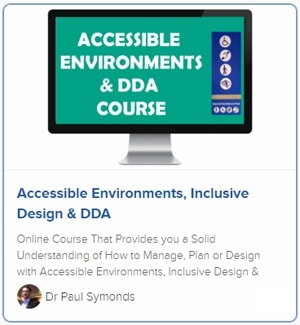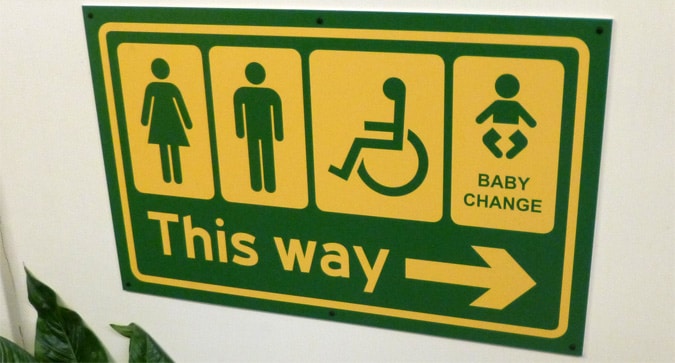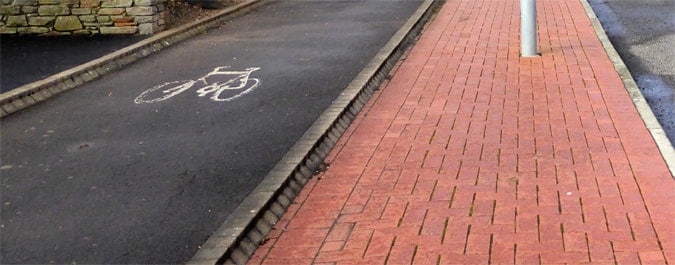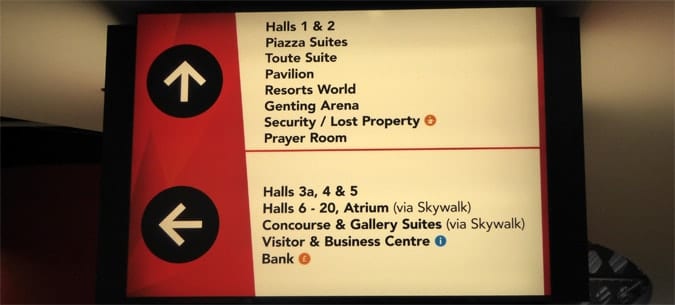There is an increasing awareness of the need to make environments suitable and navigable by all, including by those suffering disabilities, the elderly, mothers with prams and everyone including the able-bodied. The result is that DDA compliance reports and checks are now a way to ensure that you are meeting best-practice for accessible environments.

Why Get an Accessibiity Audit?
With growing awareness of the needs of ensuring the environments are accessible for all users, including those, for example, with disabilities, the Equality Act 2010 (for the UK), dictates that a reasonable attempt must be made by locations to make themselves accessible for all user types.
Changes can often be quite straight-forward and cost-effective, whilst having a significant impact on users, in respect of accessibility. To re-emphasise, the Equality Act only requires that a reasonable attempt is made to provide access for all.
It is illegal to discriminate against disabled users and getting an access audit will help you cover the requirements of the Equality Act.

There is no government department at this time to enforce the Equality Act through checks, but the Act is enforced through those who are fairly treated, able to attempt court action against those who they feel have not fairly provided reasonable access. This may, for example, involve no attempt to provide wheelchair access.
What Do We Provide with the Accessibility Audit
With the Accessibility audits, we provide a report that includes practical, realistic and cost appropriate suggestions including:
- Barriers to access.
- Recommendations and suggested solutions.
- Proof that you have attempted to meet your obligations in respect of the Equality Act 2010.
Exactly what we audit in terms of your location depends on the type of environment you manage. We have, for example, worked with major airports, bay trails, universities, shopping centres. We also work with smaller locations such as churches, pubs etc. In terms of the specific areas we tend to look at, they can include the following:
- The car park area and access to the main building in question.
- Entrance and reception areas (including Special Assistance desks, where appropriate, and ability to allocate them).
- The flow and accessibility of lifts, stairs, doors and connectivity.
- Toilet facilities.
- Wayfinding guidance mechanisms such as via signage for ensuring disabled users are provided fair access to route information (including at the right height etc).
If you are seeking to provide the best possible service for disabled users, you may also be interested in Section 3 of the 2010 Disability Act that includes provision for suggestions for additional considerations that can be made. We can also assess these considerations, that include the provision of:
- Information through the website that relates to your location.
- Literature such as leaflets, paper maps and other tools for providing information that aids disabled users and their helpers.









